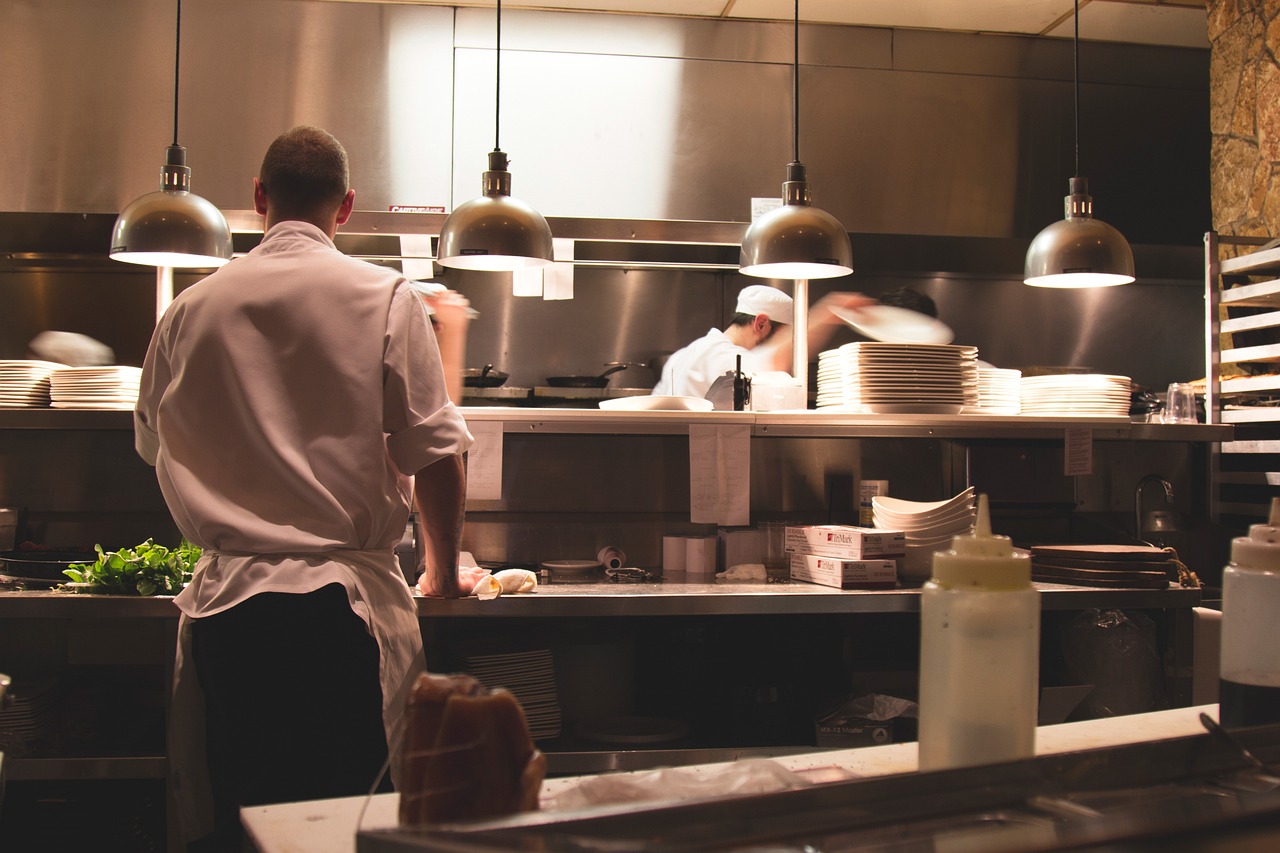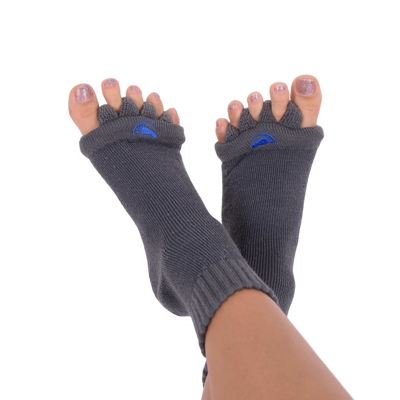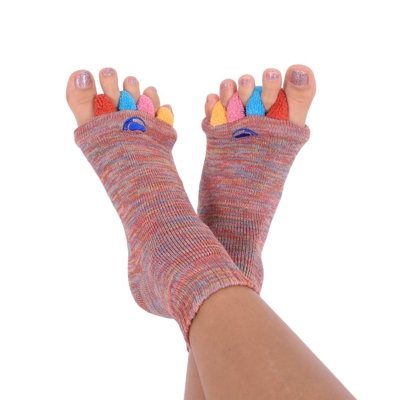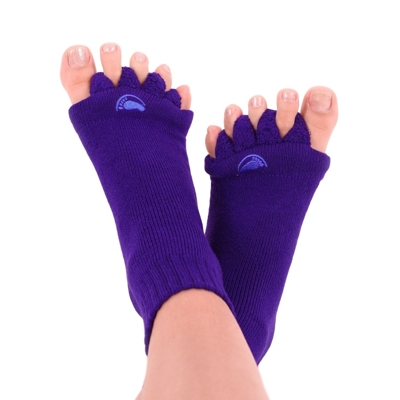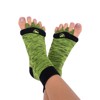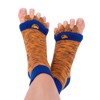Things to bear in mind when working standing up
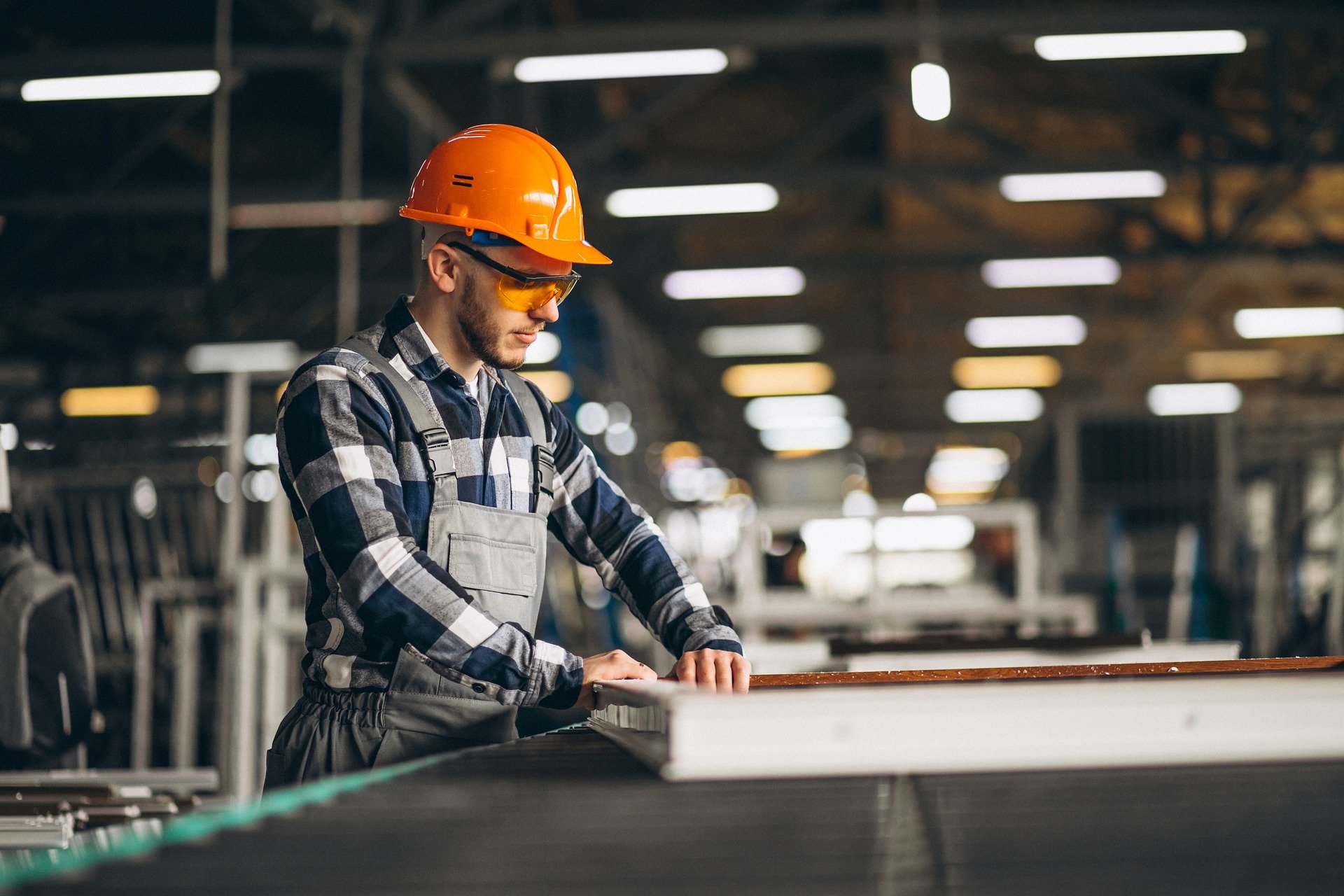 On the one hand, standing up when working is a healthier alternative to sitting down for long periods of time, but it does pose certain risks. If you spend most of the day on your feet, you may experience occasional fatigue, pain or stiffness. So, it’s important to follow the right habits to avoid excessively straining your body for any length of time. In this article, we look at the main risks associated with working standing up, and also give you some useful tips on how to work standing up, how to take care of your legs and feet and help them recover so that you stay happy and healthy.
On the one hand, standing up when working is a healthier alternative to sitting down for long periods of time, but it does pose certain risks. If you spend most of the day on your feet, you may experience occasional fatigue, pain or stiffness. So, it’s important to follow the right habits to avoid excessively straining your body for any length of time. In this article, we look at the main risks associated with working standing up, and also give you some useful tips on how to work standing up, how to take care of your legs and feet and help them recover so that you stay happy and healthy.
The risks of excessive strain when working standing up
Standing or walking for prolonged periods of time can cause muscle and ligament fatigue, back pain, swollen legs and even lead to varicose veins. You are most likely to suffer from foot pain, as strain on the feet can lead to discomfort in the heel or transverse arch.
Standing for long periods of time also puts a strain on the circulatory system, which increases the risk of varicose veins and other venous problems. Not to mention the fact that poor standing posture places increased pressure on the spine and joints, which can lead to problems such as back or hip pain. Muscles subject to excessive strain often lose their elasticity, making them stiff.
How to recover after a long day on your feet
If you want to alleviate the effects of standing for long periods of time, recovery should be your priority. A warm bath at the end of the day is a great way to soothe tired muscles and improve your circulation. You can add some Epsom salts, which contain magnesium to relieve stiff muscles, or lavender oil for a relaxing effect.
Stretching exercises should also be an integral part of your daily routine. Focus on stretching your feet, calves, and your entire lower legs if you need to. Exercises such as toe bends or toe lunges can help ease muscle tension. But it's not just stretching that's important. You should also focus on exercises to strengthen your core. In general, any form of exercise or sport will help, as anything "extra" you do will have a positive impact on your movement patterns, such as how you stand or sit.
Foot Alignment Socks, on the other hand, can help you relax your feet with no effort at all. The toe separators mean they soothe your toes, improve circulation in the vascular and lymphatic system and ease tension in the feet. You can wear them anytime, such as in the evening in front of the TV or while reading a book. Our customers enjoy that feeling of instant relief, as well as the long-term benefits these socks have in treating swelling, flat feet or foot deformities. However, prevention is just as important as recovery, meaning you can avoid problems altogether.
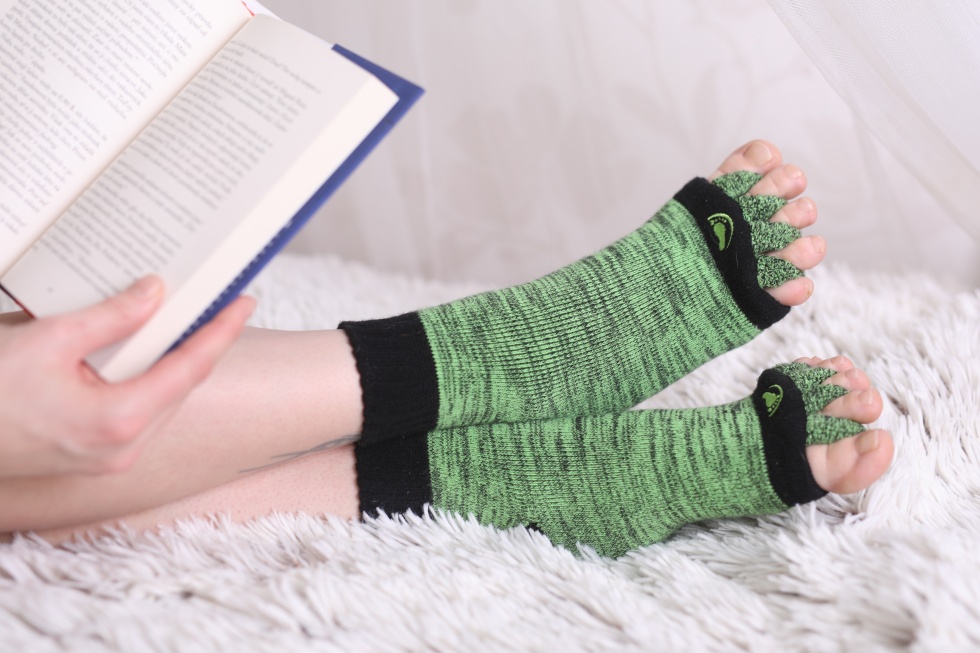
Prevention is the key to healthy feet
If, on the other hand, you are mostly sitting down at work, it’s a good idea to get up regularly, take a walk or have a stretch. A sit-stand desk can also help, enabling you to alternate between standing and sitting at regular intervals.
But back to standing (work). If you can’t avoid standing at work, focus on keeping a few simple things in mind. Standing doesn’t have to be, and shouldn’t be, a static position. You can try to avoid bending over as you work, for example. If your job allows you to do so, try to spread your body weight by putting one foot forward. Or you can rock on your tiptoes. Basically, try to make your static position a dynamic one.
We also recommend that you choose good quality shoes with sufficient arch support and plenty of room for your feet and toes. Orthopaedic insoles can also help, as they reduce pressure on your feet. If possible, try to alternate between standing and occasionally sitting down or taking a walk. Also, make sure you have good posture and an active core.
A regular foot massage will help relax your muscles and benefit your lymphatic system. Try to treat your feet to some proper care, regular rest and prevention. Remember that it’s easier to prevent problems than to deal with their consequences.
